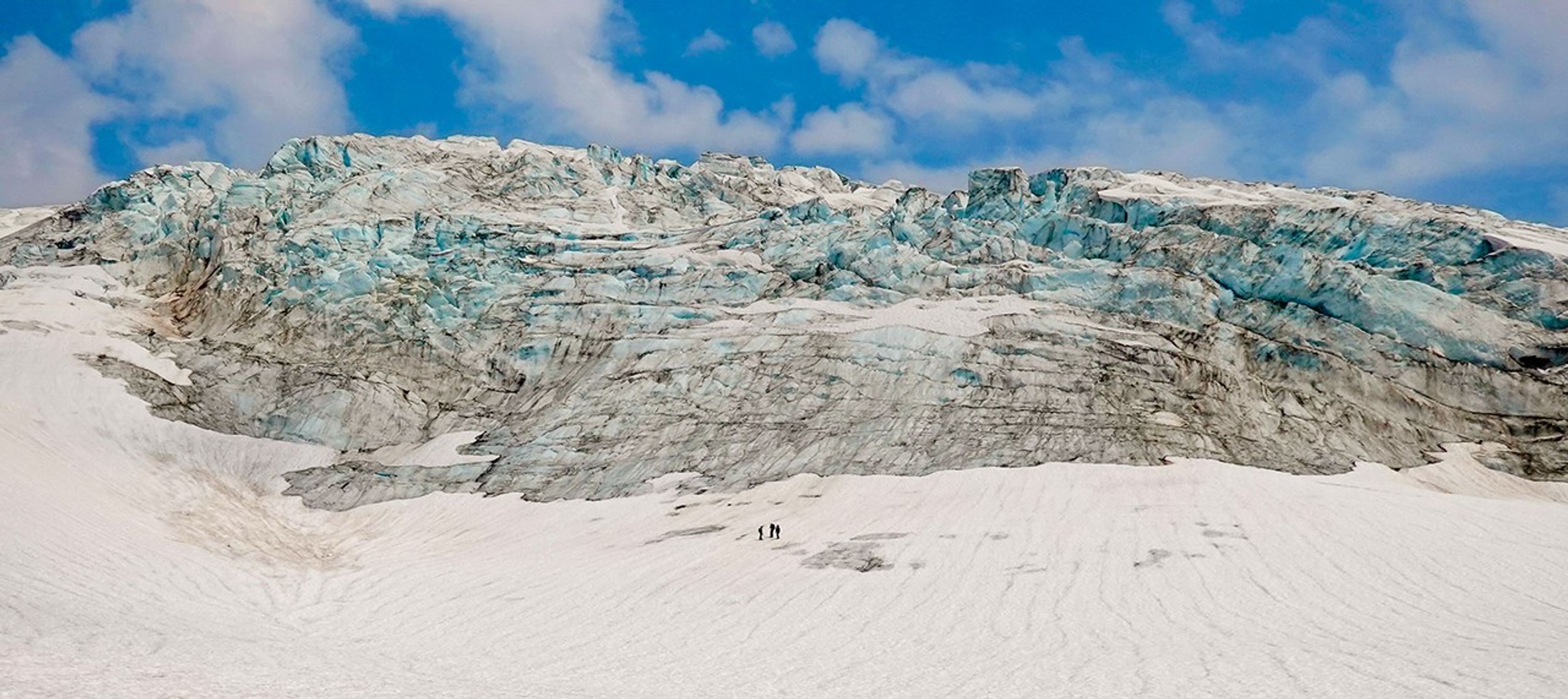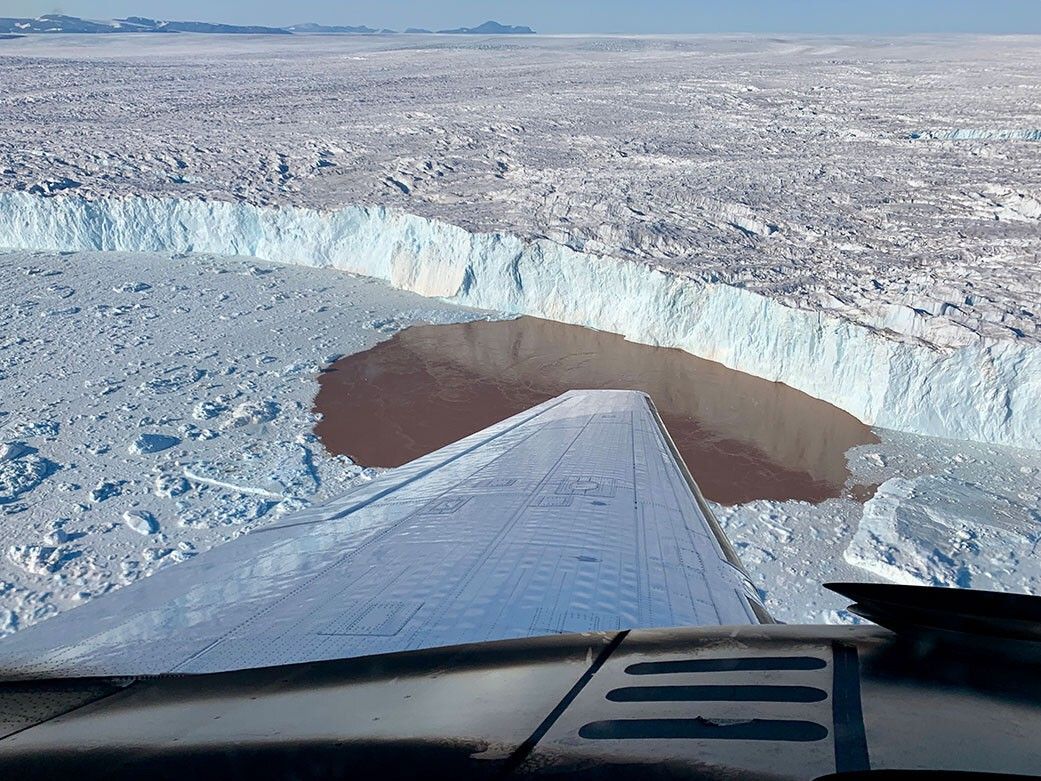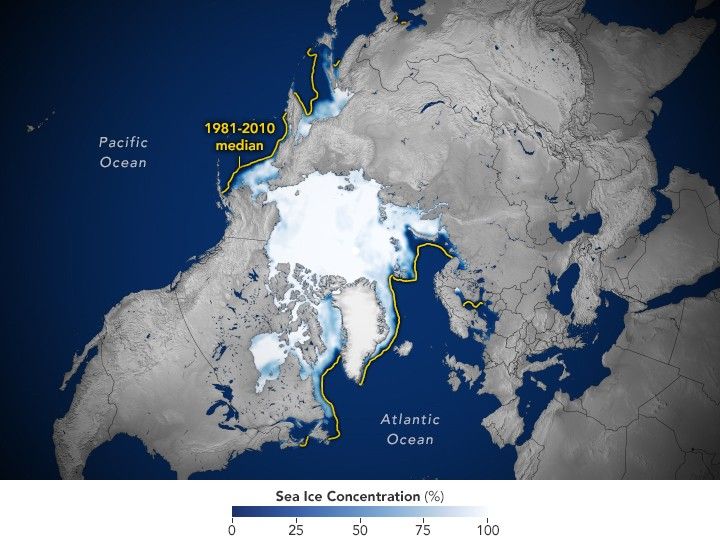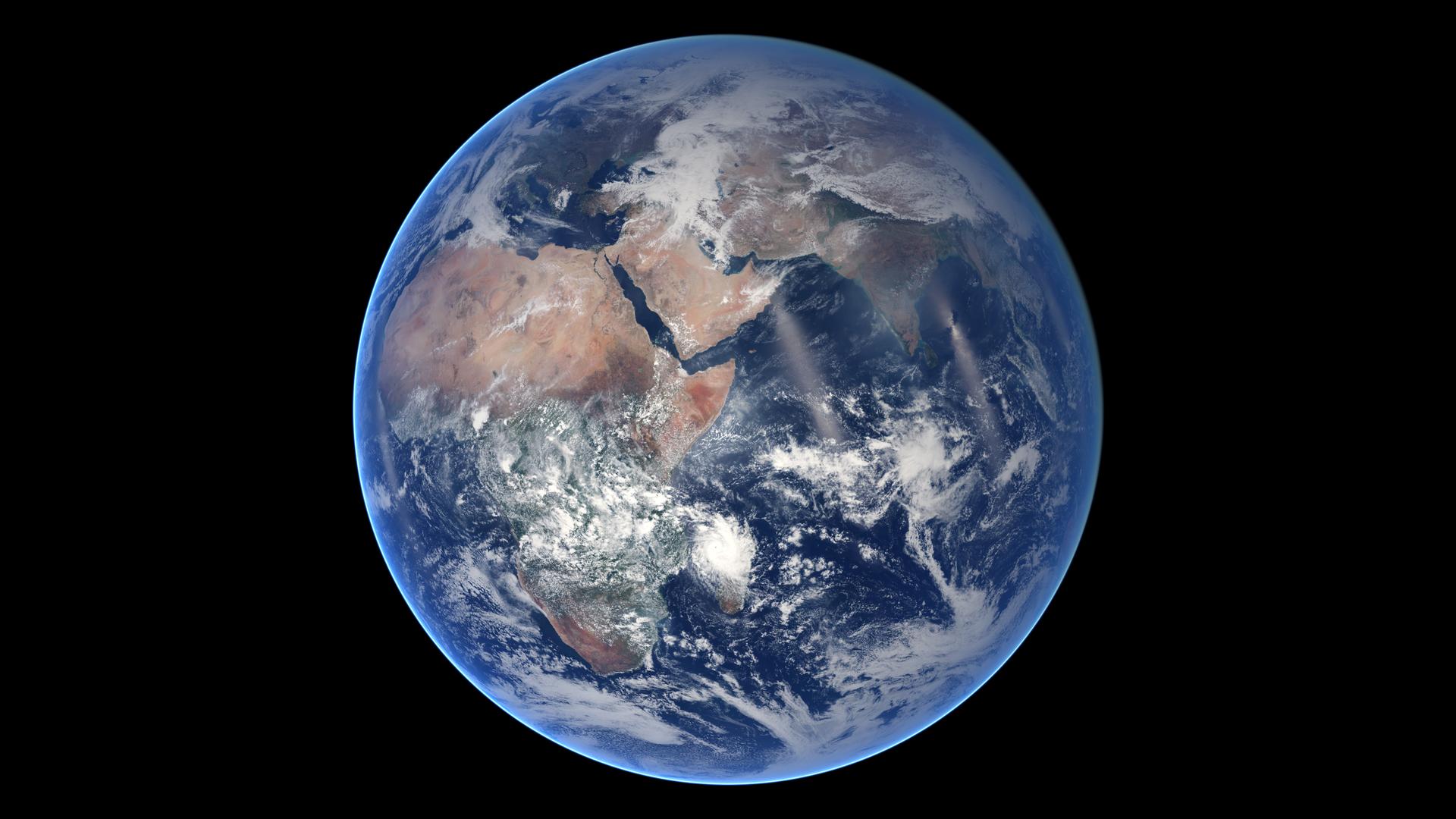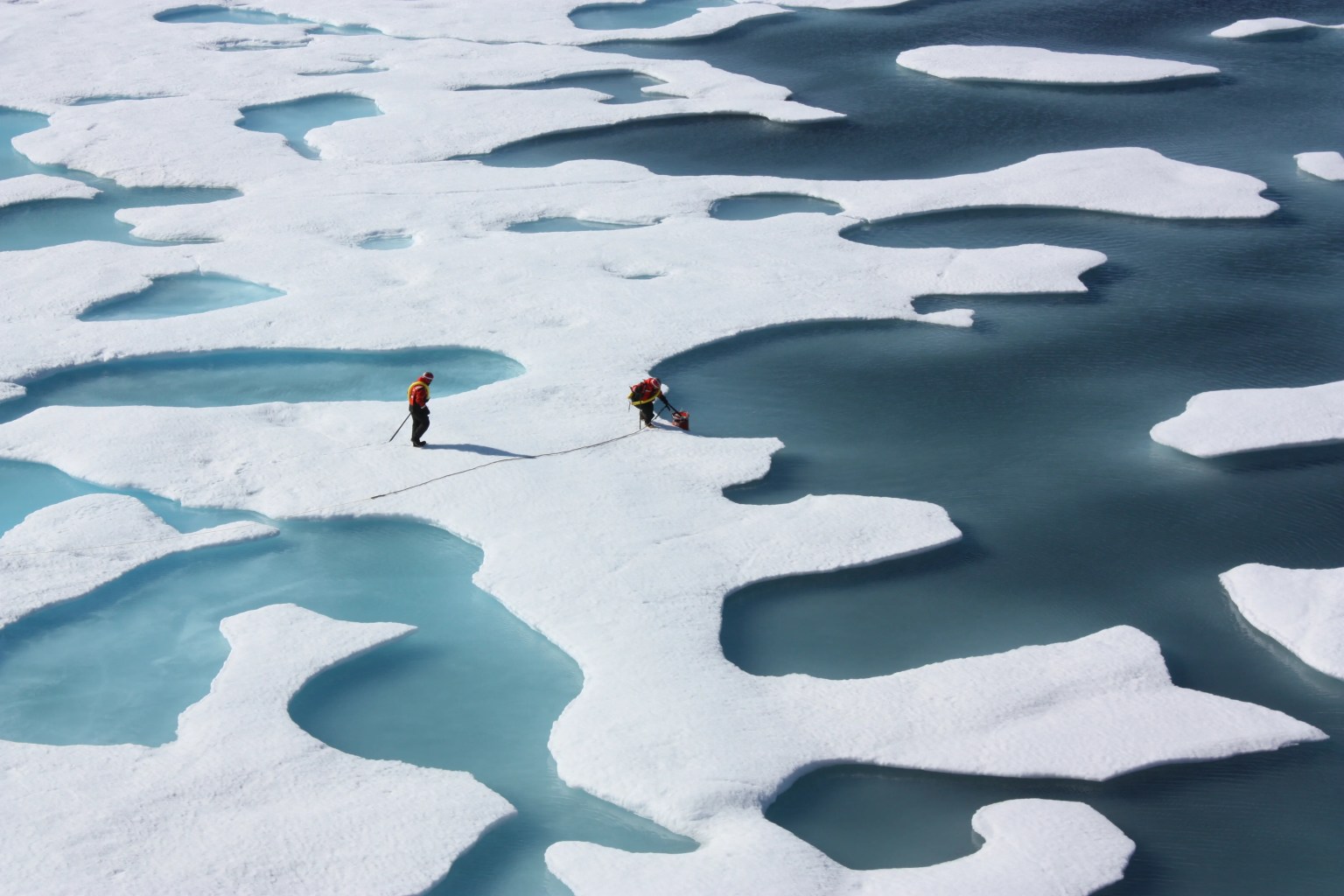Where Does NASA fit?
NASA’s satellites, aircraft, and field campaigns help scientists build a better understanding of snow and ice around the globe. Through decades of missions to monitor Earth’s frozen landscapes, NASA provides the data necessary for scientists to continuously monitor Earth's largest store of fresh water. Snow and ice also cool Earth’s surface, helping stabilize the climate system by reflecting sunlight back to space. NASA’s observations help scientists learn about the effects of melting snow and ice on both local and global scales.
What Is the Cryosphere?
Join NASA scientists on their journey to Earth’s cryosphere – its frozen places – as they study our changing world from satellites, planes, and the ground. As temperatures rise, the frozen regions of Earth are thawing. NASA scientists are working to understand how warming in cold regions affects life all over the Earth.
Watch on YouTubeNASA, NSIDC Scientists Say Arctic Winter Sea Ice at Record Low
The 2024-25 winter sea ice cover in the Arctic was the smallest recorded since satellite measurements began in 1979. In Antarctica, summer sea ice was also low, tied for the second lowest minimum extent ever recorded.
The reduction in ice in both polar regions has led to another milestone — the total amount of sea ice on the planet reached an all-time low in February 2025. Altogether, Earth has lost an area of sea ice large enough to cover the continental United States east of the Mississippi.
Featured Mission: GRACE-FO
The Gravity Recovery and Climate Experiment-Follow On (GRACE-FO) satellites measure small changes in Earth’s mass to track water movement across the planet. While most of the planet’s mass — its land and core — doesn’t move much, its water and ice do. Changes in the amounts of water or ice cause Earth’s gravity to shift slightly in localized areas. By tracking these changes, the GRACE missions can measure how much ice sheets and glaciers are shrinking.
GRACE and GRACE-FO polar ice mass loss
Animation showing Antarctic and Greenland ice sheet mass losses between 2002 and 2023. Has ice sheet flowlines and intepolated frames for missing dates.
GRACE-FO HomeNASA Technology: How GRACE-FO Works
The force of gravity on Earth not only keeps us from floating away, it also lets NASA study Earth’s water and ice from space. Using a pair of twin satellites named GRACE, we can monitor our planet’s water.
Learn MoreFeatured Mission ICESat-2
NASA’s Ice, Cloud, and land Elevation Satellite 2, or ICESat-2, measure the elevation of ice sheets, glaciers, sea ice, tree canopies, ocean water, and more – all in 3-D detail. ICESat-2 helps scientists investigate how and why our Earth is changing.
How it Works: Measuring Earth’s Snow and Ice with Space Lasers
ICESat-2 fires pulses of bright green laser light at Earth’s surface. The light hits the surface – which could be ice, snow, water, vegetation, land, or cloud – and then bounces back to the satellite. The time it takes for photons to travel from the satellite to Earth’s surface and then back to the satellite tells scientists the elevation of the surface.
By making repeat observations over the same surfaces, ICESat-2 measures how land ice and sea ice change over time.
NASA Scientist Discovers New Means to Measure Snow Depth from Space
The ICESat-2 mission measures the height of Earth’s ice sheets and sea ice. A NASA scientist discovered a way to expand the capabilities of ICESat-2 so that it can also measure snow depth. The inspiration, surprisingly, came from ants.
How NASA Helps
From making observations with space lasers to doing field work in polar regions, NASA-funded scientists are studying snowstorms, ice sheets, glaciers, and more. Learn how new research illuminates changes to snow and ice – and the effects on our ocean and climate system.
NASA Returns to Arctic Studying Summer Sea Ice Melt
What happens in the Arctic doesn’t stay in the Arctic. In fact, Earth’s northernmost region plays a large role in the worldwide climate system. For example, bright white sea ice helps cool the planet by reflecting the Sun’s radiation back towards space. Scientists observed changes in the amount of ice — and its cooling capability — when they flew aircraft-mounted instruments over the Arctic Ocean in the ARCSIX mission.
Shrinking Ice Sheets, Rising Sea Levels
Melting ice sheets cause sea level to rise. This process has been the source of about one third of the total rise in sea level since 1993.
Snow and Ice News
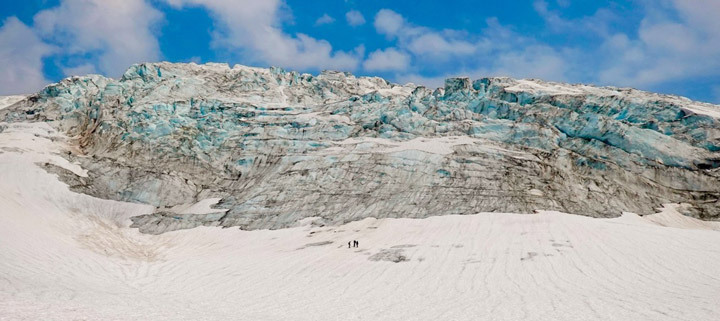
Keeping Tabs on North Cascades Glaciers
Scientists use satellites in orbit and boots on the ice to monitor glacial changes on the flanks of Mount Baker and elsewhere in Washington state.
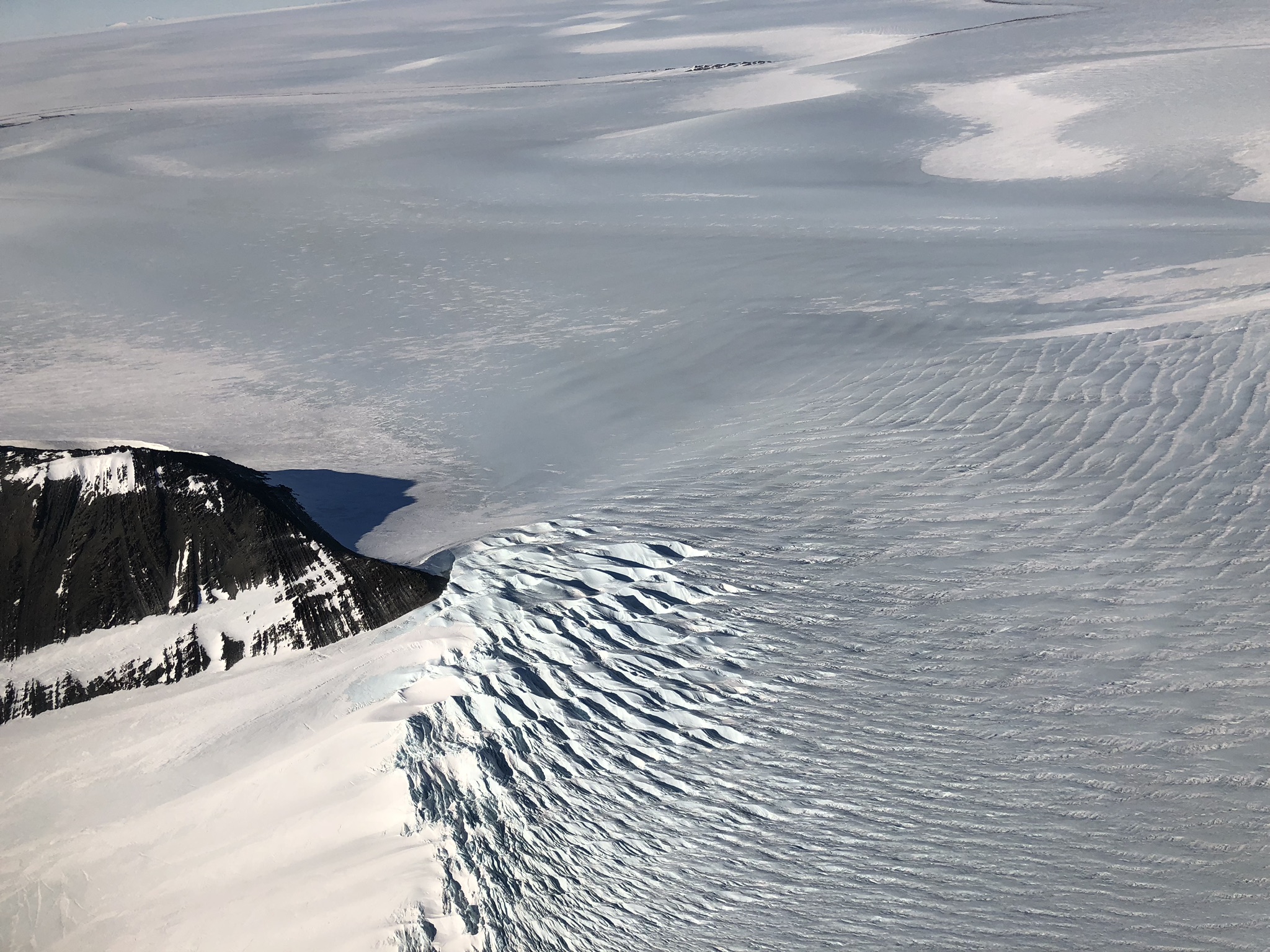
NASA Approves Continuation of ICESat-2 After 3+ Years of Big Results
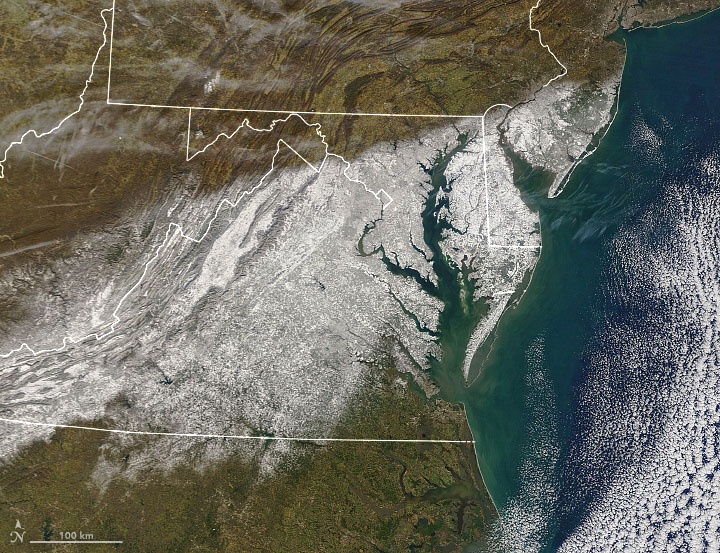
NASA Planes Fly into Snowstorms to Study Snowfall
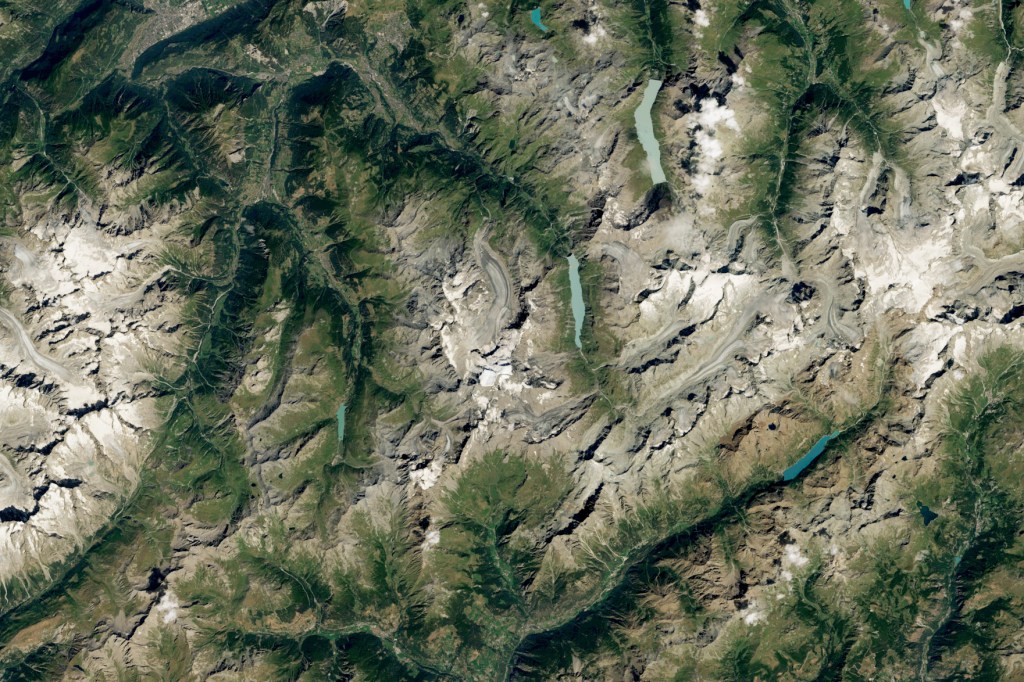
A Climate Archive Melts
The surface melting of a high-elevation glacier in the Alps has rendered it unusable for scientific research.
Show Me the Data

National Snow and Ice Data Center
The National Snow and Ice Data Center collaborates with NASA and manages cryospheric data from NASA Earth-observing satellite missions, airborne campaigns, and field observations. The NSIDC Distributed Active Archive Center provides access to hundreds of free and open-access NASA Earth science data sets, data tools, and tutorials.
Current Research

SnowEx 2023 Tundra and Boreal Forest Field Campaign
In 2023, the NASA SnowEx campaign focused on the tundra and boreal forest regions of Alaska to collect observations of snow in these unique environments. The effort collected data with airborne radar, radiometer, LiDAR and stereophotogrammetry observations.

Taking
Stock of Edgy Parts of Greenland
Scientists used data from ICESat-2 to learn more about glaciers that are on Greenland but are not part of the ice sheet. Until recently, losses from these “peripheral glaciers” were often discounted. Research shows that these glaciers are shrinking at an accelerating pace. Understanding this process will improve predictions of future sea level rise.

NASA Space Lasers Map Meltwater Lakes in Antarctica With Striking Precision
ICESat-2 data allowed scientists to precisely map the subglacial lakes in Antarctica. A recent study analyzing the data provided critical insights for spotting these lakes from space, as well as for assessing how this hidden plumbing system influences the speed at which ice slips into the Southern Ocean, adding freshwater that may alter its circulation and ecosystems.



























